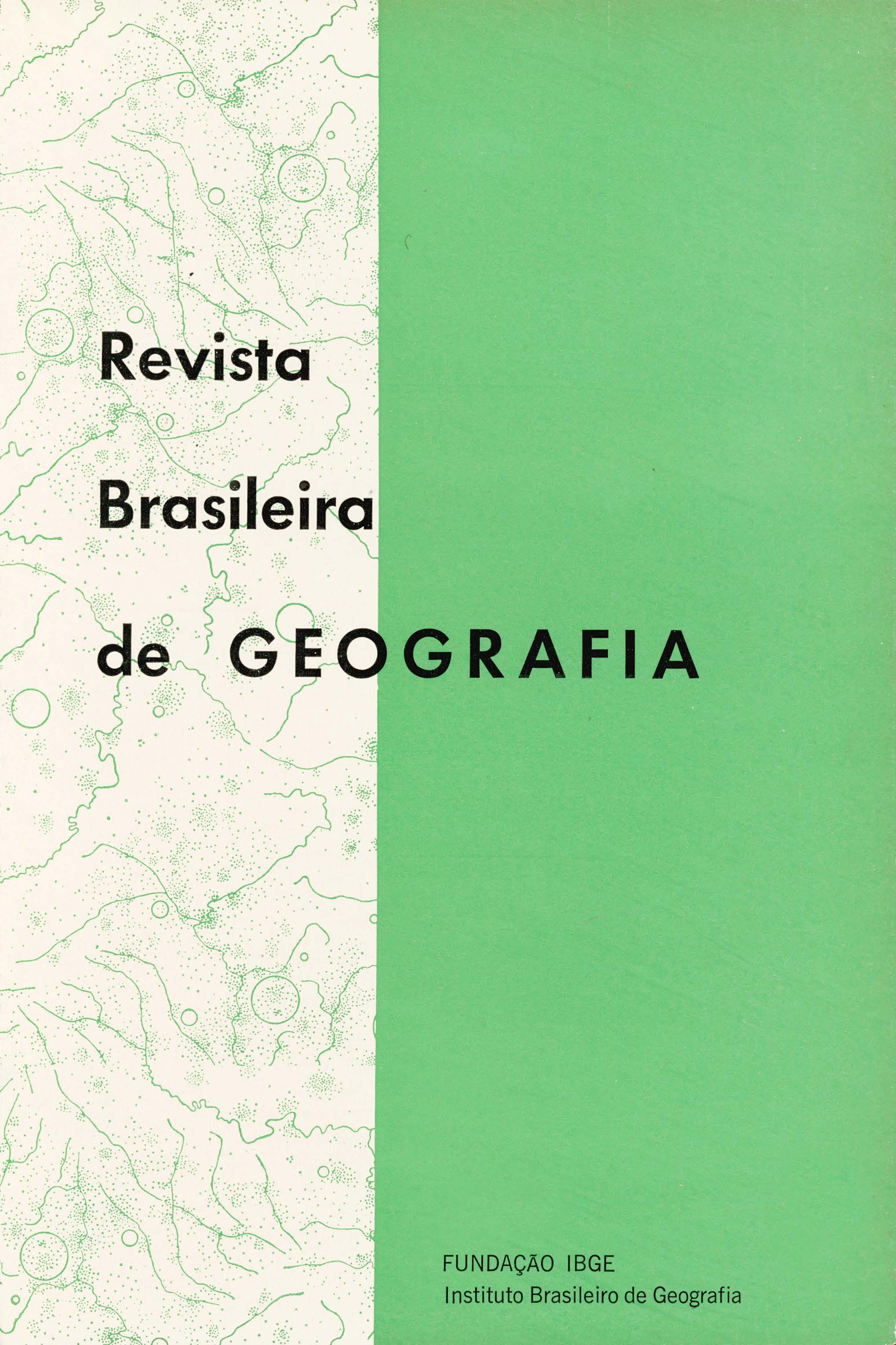Aplicação de índices climáticos ao Nordeste do Brasil
Palavras-chave:
Brasil;, Nordeste;, Secas;, Climatologia.Resumo
Northeast Brazil comprises one of the great under-developed areas of the world.
Its economic weakness is aggravated by the intermittent occurrence of drought. Regional planning is now being started there and for this purpose it is worth while identifying the semi-arid zone, which we propose to do by means of the application of the climatic indices of Lang, Capot-Rey, Curé and Birot. The Curé index was found to be unsuitable for the Northeast, but the others supplied useful data to distinguish between the different degrees of aridity in the area in question. A semi-arid zone is indicated on three maps, and within that zone the aridity may be seen to increase gradually. Maximum aridity is recorded in two areas which correspond to intramontane depressions carved out of crystalline rocks. Thus climatic aridity grows more severe with the interference of topographical relier and geology.
However, as much as the Lang and Capot-Rey indices ignore the intensity of the dry season, they have been corrected by applying the Birot index, with the result that a map has been produced showing the various average values or "modules" of aridity. Determination of the different module does not, however, take into account the chief characteristic of the northeastern climate which is the irregularity of the rains with the possible intermission of droughts, since this irregularity is masked by the average values. As the indices cited make no allowance for any deviation from the modulus, it is necessary to apply them to the "drought years". The maps corresponding to those years reveal variations in drought both in extent and intensity, proving the irregularity of the climate. A comparison of the drought maps with the maps of the module enable the "semi-arid or dry zone" (modulus) to be distinguished from that "subject to drought". The latter covers the greater area, for it embraces the semi-arid zone and also parts of zones with a more humid modulu3, where the effects of the drought are felt more severely.
These observations supply conclusive evidence of the need of devising indices for the Northeast that allow for the climatic irregularity prevailing in the drought years, and do not merely indicate the average values for normal years.






